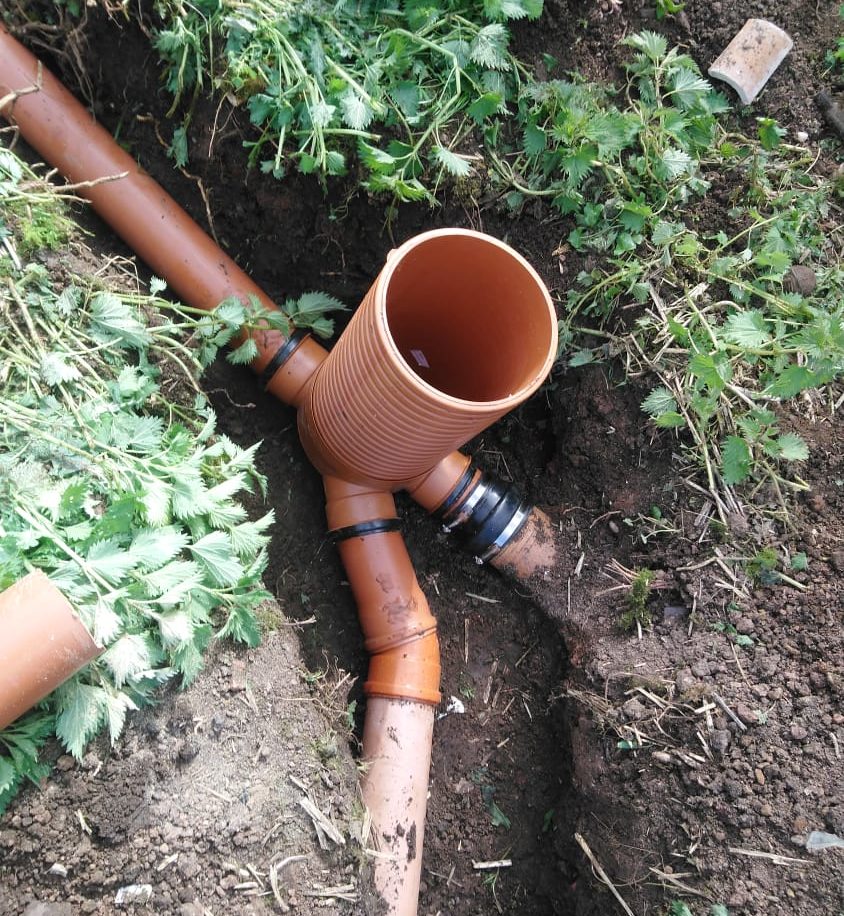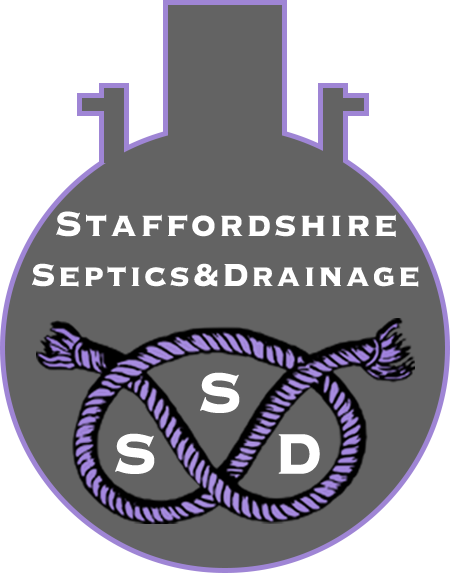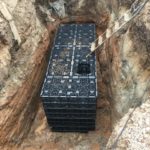Septic Tank Regulations
Septic tank regulations were changed with the introduction of the 2015 general binding rules compliance which came into force at the end of 2019 making some sewage treatment systems illegal to operate.
If you are not sure if this will effect you or not why not give us a ring to discuss your current setup and we will be able to let you know if you will be complaint or if we can adapt your current system to make it compliant.
Here are the rules in more detail:
The general binding rules
You must follow the general binding rules if you’re the operator of a septic tank or small sewage treatment plant.
The sewage must:
- be domestic in nature, for example from a toilet, bathroom, shower or kitchen of a house, flat or business (such as a pub, hotel or office) – contact the Environment Agency if you’re not sure if the sewage is domestic in nature
- not cause pollution – find out how to check for pollution
There are other rules depending on whether you’re releasing this sewage:
- to the ground, for example in your back garden
- to a surface water, for example a river or stream
Ask your local installation or maintenance company if you’re not sure what sort of system you have.
Releasing to the ground
You must use a septic tank or a small sewage treatment plant and a drainage field (infiltration system).
You must apply for a permit if you release (‘discharge’):
- to a well, borehole or other deep structure
- more than 2 cubic metres (2,000 litres) per day
- in a groundwater source protection zone (SPZ1)
You must also read the additional rules for discharging sewage to the ground.
Calculate how much sewage you discharge
For sewage from a residential property, use the calculator to work out how much you discharge per day.
For commercial properties (such as a hotel, restaurant or office) or holiday accommodation (such as a cottage or chalet), use British Water’s flows and loads guidance or contact the Environment Agency for advice.
Work out if you’re in a groundwater source protection zone 1 (SPZ1)
An SPZ1 can be either:
- the area around a commercial water supply shown on the map of protected zones – check whether your discharge is in the inner zone (Zone 1) or ask the Environment Agency
- any area within 50 metres of a private water supply for human consumption – ask your neighbours if they have a spring, well or borehole, and how far it is from your drainage field
Releasing to a surface water
You must use a small sewage treatment plant. You must apply for a permit if you’re discharging more than 5 cubic metres (5,000 litres) per day. Use the calculator to work out how much you discharge per day.
You must also read the additional rules for discharging sewage to a surface water.
For commercial properties (such as a hotel, restaurant or office) or holiday accommodation (such as a cottage or chalet), use British Water’s flows and loads guidance or contact the Environment Agency for advice.
Why Choose Us
- Comprehensive service
- Emergency Call Out
- 24 Hour Service
- Credit / Debit Cars Accepted
- Maintenance Contracts Available
- Check a Trade approved 9.8 average review
- Specialist knowledge in 2015 Binding Rules Compliance




